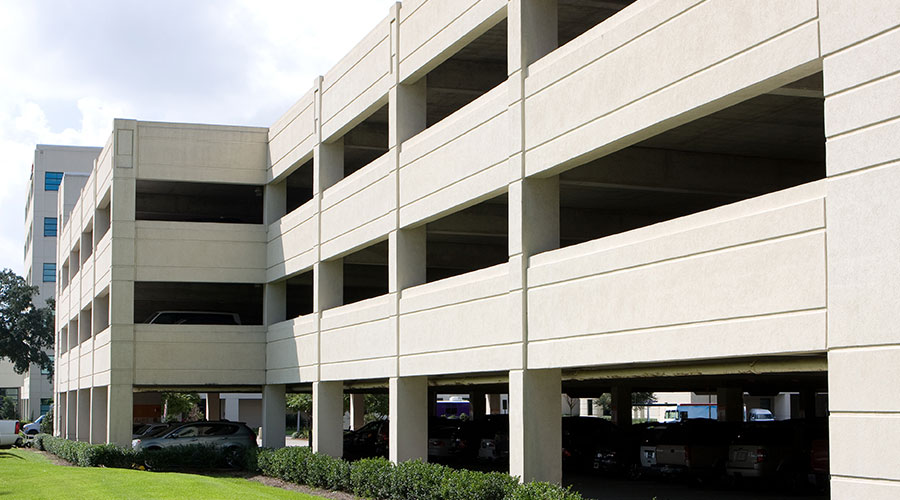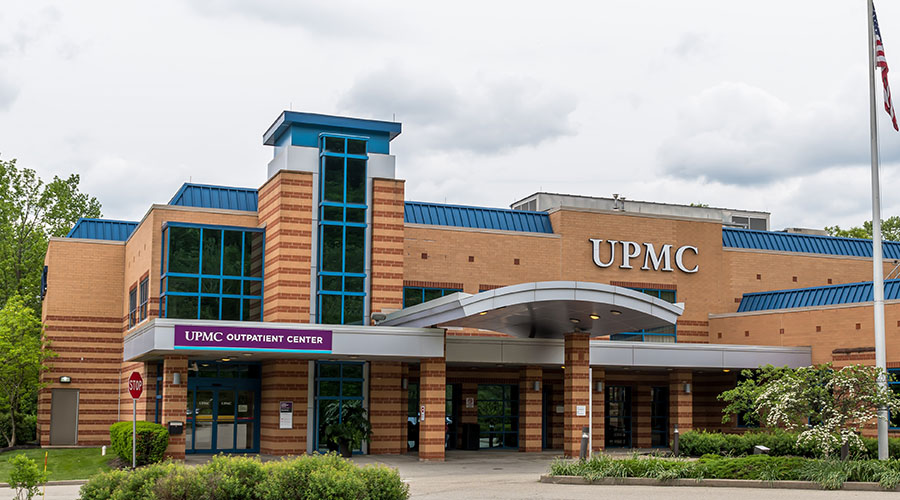Customer Culture
The maintenance mission at the Ohio State University Medical Center
The Ohio State University is one of the most recognized and respected academic medical institutions in the nation. The organization has won numerous awards for patient care and is among the leaders in cutting-edge medical research.
Earlier this year, U.S. News and World Report named it one of “America’s Best Hospitals” for the fourteenth straight year. It also was one of five academic medical centers in the nation recognized for the quality of its patient care. The recognition came from the University HealthSystem Consortium, an alliance of 95 leading academic medical centers and 139 affiliated hospitals.
David Abbott welcomes such recognition, but for him, it’s not good enough. As administrative director of facility services, Abbott oversees a staff of about 350 employees who carry out engineering, building maintenance and housekeeping duties. He also oversees the center’s regulatory compliance activities.
For Abbott and the other managers at the medical center, changing the organization’s culture to focus on improving patient satisfaction has become something more than just a tactic to support the organization’s mission. As competition for patient revenue grows, and as academic medical centers compete harder for prized research grants, patient satisfaction now is most directly linked than ever to an organization’s bottom line.
Identifying Customers
Among the driving forces in health care organizations is the ever-growing competition for patient dollars. This competition has intensified for many years, but it is about to get even more heated.
In an effort to give patients more information they can use in making smart decisions in choosing health care providers, the federal government’s Medicare program is in the process of making available to the public health care cost and quality data.
As one step in the process, Medicare is publishing the money it pays hospitals for common procedures and other hospital admissions. This step means that patients will be able to compare health care organizations more accurately before making their choices.
The decision also is likely to directly affect the way organizations view facilities operations and maintenance.
“Sooner or later, it’s going to cost the same, say, to set a broken arm,” Abbott says. “What’s going to set you apart is the quality of the service you provide.”
Academic medical centers also continue to compete fiercely for research grants, as well as for the researchers who can bring grants with them to the university.
“They want to come to a top-tier school,” Abbott says. “They don’t want to build it up once they get here.”
As a result, the facilities that researchers work in must properly support their efforts. In addition to upgrading its existing facilities, the medical center recently opened a new Biomedical Research Tower.
The 10-story, 403,000-square-foot building cost $151 million to construct and will house research programs in cancer and cancer genetics, cardiovascular and lung disease and high-field imaging. Housing more than 180,000 square feet of lab space, the building will be the largest research facility on the campus, and it will nearly double the amount of biomedical research space.
Projections on the economic impact of the Biomedical Research Tower indicate it will generate an estimated $3.7 billion in economic impact and 17,000 new jobs during its first 10 years of operation.
Among its other key features are faculty and administrative offices for 800 employees, including 122 faculty and their teams, a 200-seat auditorium, four seminar rooms, and a café.
Tactics and Strategies
Improving customer — in this case, patient — satisfaction includes improving the skills and attitudes of employees. In many cases, workers in the facility services department are the medical center’s public face.
“People might not know your name, but you represent Ohio State,” Abbott says.
For the last year and a half, department employees have participated in a program designed to improve their performance and attitudes — and, by extension, increase patient satisfaction. The program includes a daily 20-minute meeting to review one of 20 standards of performance.
“You have to feel good about yourself before you can feel good about your job,” he says. “The response has been overwhelmingly good. Employees feel more professional, and they feel good about themselves.”
Abbott says that one important result of the department’s efforts has been an increase in positive comments about the department’s customer service.
Searching for Savings
Abbott has taken additional steps to generate savings for the organization. A number of these efforts seek to improve facilities energy efficiency.
They include changing out all exit signs to take advantage of LED technology, upgrading lighting system to use higher-efficiency lamps, and specifying higher-efficiency motors.
Abbott also has sought to enhance productivity as a way to generate savings. Among his actions has been to invest in automation for department activities and operations.
“I’m trying to bring in as much automation as I can,” he says, referring to everything from small applications — filing systems — to large applications — building automation systems. The benefit, he says, include less paperwork, easier to access data, and the ability for managers to generate multiple reports.
“From a management perspective, it creates a whole new set of tools,” he says. Technicians also are in the process of receiving handheld PDAs that will allow them to upload and download information when they’re in the field.
“On a technical level, people are really buying into it because most of them hate paperwork,” he says.
Finally, the medical center’s facilities services department has signed a collaborative agreement with its counterpart for the university. The agreement allows the departments to cuts costs by eliminating duplications, such as similar contracts with outside vendors, such as elevator-service contractors.
“On any of these big contracts, we can save money,” he says.
Profile: The Ohio State University Medical Center
The Ohio State University (OSU) Medical Center includes 23 buildings and 6.5 million square feet of space. Among the facilities the medical center includes are these:
- The OSU James Cancer Hospital and Solove Research Institute, a 160-bed hospital and research institute dedicated entirely to cancer care and treatment. It is one of the only 38 National Cancer Institute-designated comprehensive cancer centers in the United States.
-
The Ross Heart Hospital, which houses 90 inpatient beds and 10 outpatient beds. The hospital is dedicated exclusively to diseases of the heart and blood vessels. It features state-of-the-art surgical and imaging technologies.
-
University Hospital, a 923-bed hospital on the main campus, that specializes in more than a dozen programs including organ transplant, rehabilitation, neurosciences and women’s health. It houses a trauma center and Level III intensive care unit.
-
University Hospital East, a 404-bed hospital with centers of excellence in orthopedics, family medicine, emergency services, addiction services, and wound care.
-
OSU Harding Hospital, which offers complete inpatient and outpatient services for persons with depression, post-trauma, family conflict, personality disorders, anxiety, sexual abuse and related conditions.
-
OSU Primary Care Network, a group of nearly 100 physicians in offices throughout the city of Columbus.
— Dan Hounsell
|
Setting a Standard
As with many managers, David Abbott has based made decisions designed to improve patient satisfaction, streamline operations in the facility services department and control costs by using data collected from key areas of his facilities at the Ohio State University Medical Center.
One of his toughest challenges, however, is being able to compare costs among his facilities — as well as with similar facilities in other organizations — to identify opportunities for improvement. The task has been especially difficult when it comes to setting the budget for the new biomedical research building.
Cost benchmarking reports published by national associations have helped, but they don’t always enable him to make direct cost comparisons.
“When I look at their reports, it can be hard to tell what parameters they are using,” he says.
To remedy the situation, Abbott is developing a benchmark for his facilities’ maintenance and operations costs.
“Ohio State University will make a standard, since I can’t find one,” he says. “Every hospital will have the same standard costs,” he says, instead of six sets of cost data that don’t allow comparison.
Developing a workable cost standard will be challenging, but as Abbott notes, so is changing the culture of the department and organization to focus on customer satisfaction. But the effort in each case could well be worth it because of the link to the organization’s bottom line.
— Dan Hounsell
|
Related Topics:











